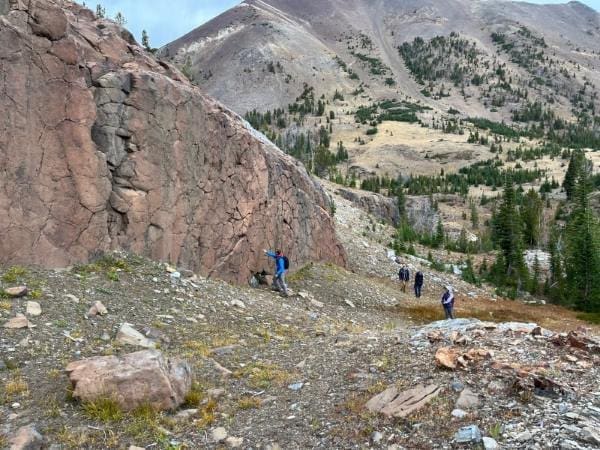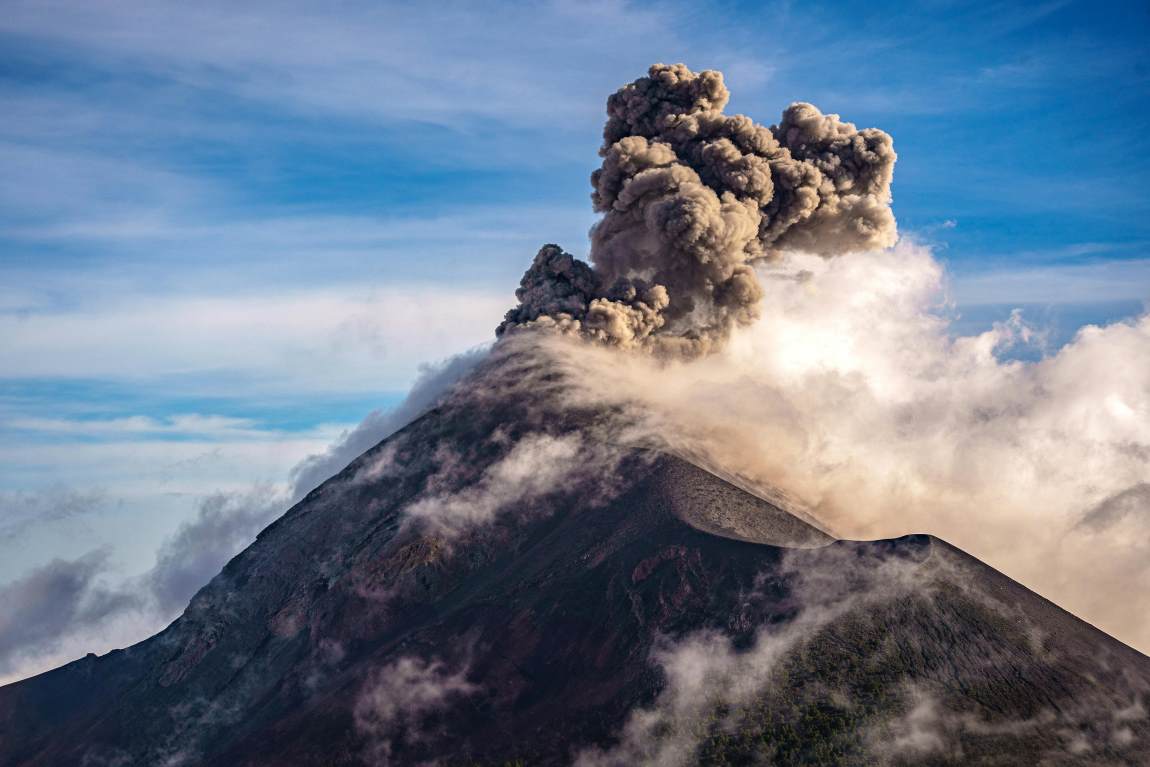Deep beneath the Earth’s surface, ancient volcanoes continued to emit carbon dioxide long after their eruptions ended, driving unexpected climate shifts.
Research led by Rutgers University geoscientists, now published in Nature Geoscience, uncovers this hidden source of carbon emissions, revealing that large volcanic provinces were key contributors to prolonged global warming in Earth’s distant past.
This breakthrough offers crucial insights into ancient climate mysteries and could have implications for understanding how Earth’s climate may recover from modern-day human-driven carbon emissions.

Led by volcanologist Benjamin Black from Rutgers University, the international team found evidence that ancient volcanoes continued to emit carbon dioxide (CO2) from deep within the Earth’s crust and mantle long after they had stopped erupting.
These emissions, referred to as “cryptic carbon,” remained active for millions of years, extending periods of global warming.
“Our findings are important because they identify a hidden source of CO2 to the atmosphere during moments in Earth’s past when climate has warmed abruptly and stayed warm much longer than we expected,” said Black, an associate professor in the Department of Earth and Planetary Sciences at the School of Arts and Sciences. “We think we have figured out an important piece of the puzzle for how Earth’s climate was disrupted, and perhaps just as importantly, how it recovered.”
The research addresses a long-standing mystery in the geological record: why the Earth’s atmosphere took far longer than expected to recover after the end-Permian mass extinction event, which occurred 252 million years ago. This event, the most severe loss of biodiversity in Earth’s history, has been linked to massive volcanic eruptions in Siberia. Despite the cessation of these eruptions, the planet’s climate took nearly five million years to stabilize.
“This delayed recovery has long puzzled scientists. Earth’s natural thermostat seems to have gone haywire during and after this event,” Black explained. “We noticed that a similar pattern seemed to have occurred at multiple other times in Earth’s history with massive volcanism, and we set out to understand why.”
By analyzing volcanic rock and developing advanced computer models, Black and his colleagues discovered that deep magma chambers continued to emit carbon dioxide long after surface eruptions ended. This slow but steady release of CO2 led to extended periods of warming, disrupting the Earth’s natural ability to regulate its climate.
The findings could have profound implications for how scientists understand Earth’s natural climate control systems, particularly in relation to current climate change. According to Black, Earth has its own climate “thermostat” mechanisms, but these findings raise questions about whether these systems could break down under extreme conditions.
The release of cryptic carbon is an example of how the Earth’s internal processes can amplify climate change. But it also suggests a potential recovery mechanism.
“If this is true, it could be good news for Earth’s recovery after human-driven climate warming,” Black noted. “It means that if we stop turning the thermostat up, on geologic timescales, climate can recover.”
While human activity now releases much more carbon dioxide than all active volcanoes combined, understanding these ancient systems may offer clues to how the Earth’s climate could stabilize after emissions are curbed.
To explore these hidden emissions further, Black and his team conducted fieldwork in northeastern Oregon, where volcanic activity 16 million years ago has been linked to historical climate warming. The region, known as the Wallowa Mountains or the “Alps of Oregon,” provided an ideal site to study ancient magmatic systems.
The researchers collected rock samples from the magmatic dikes – massive sheets of molten rock that solidified within the Earth’s crust. These rocks, which were once part of deep magma chambers, contain evidence of ancient carbon dioxide emissions. Back in their labs, the team is analyzing these samples for clues about how much CO2 was released during these ancient warming events.
This study is just the beginning of a multi-year research effort funded by the National Science Foundation. The team aims to better understand the long-term impacts of cryptic carbon on Earth’s climate recovery after major disruptions. This research could offer vital insights into how the planet might respond to future reductions in human-induced emissions.
Scientists involved in the study include experts from the University of Oregon, University of Leeds, University of Oxford, University of California-Davis, Northumbria University, and the University of Adelaide.
Journal Reference:
Black, B.A., Karlstrom, L., Mills, B.J.W. et al. ‘Cryptic degassing and protracted greenhouse climates after flood basalt events’, Nature Geoscience (2024). DOI: 10.1038/s41561-024-01574-3
Article Source:
Press Release/Material by Rutgers University-New Brunswick
Featured image credit: Diego Girón | Pexels



